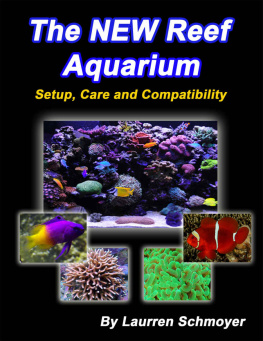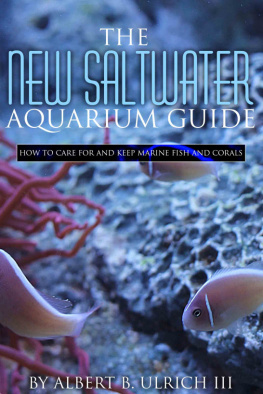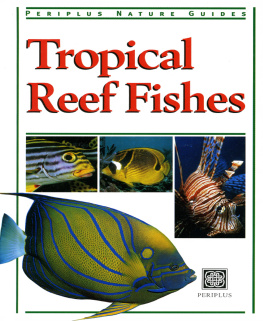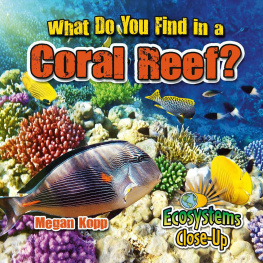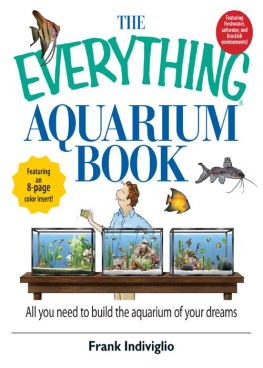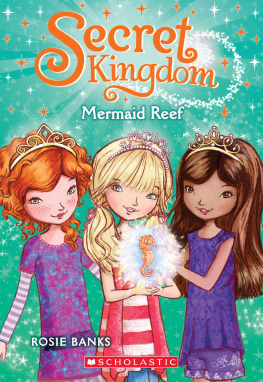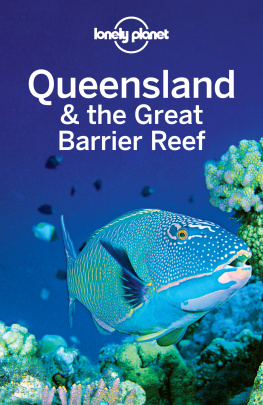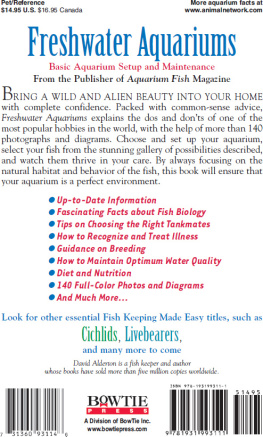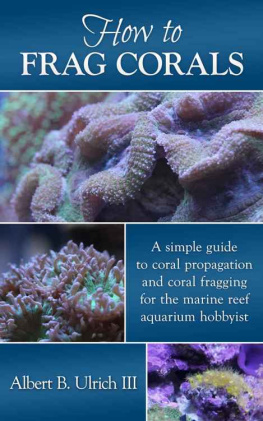Saltwater Reef aquariums when properly cared for are gorgeous, living slices of the ocean. The creatures they house are amazingly colorful, interesting and exotic! Reef keeping is an exciting hobby, and a strong foundation of saltwater knowledge ensures that your experience will be enjoyable and gratifying. With the right equipment and expert advice, keeping fish and corals healthy and thriving in an aquarium is fun. To help ensure your success, this manual will take you through a step-by-step process to assembling your reef aquarium. This guide will help you choose an aquarium, equipment, reef-safe fish, corals, invertebrates and so much more.
What is a Reef Aquarium?
A reef aquarium is a saltwater aquarium that houses a collection of fish, corals, and invertebrates (i.e. crabs and s hrimps) on and around a foundation of live rock (rocks with living organisms.) When assembled properly, a reef aquarium will be ecologically balanced and will mimic ocean reefs found throughout the world.
Oceans are filled with some truly amazing saltwater fish. Reef-safe or reef-compatible fish usually live well with corals and invertebrates. Regrettably, the majority of fish in the oceans eat corals and/or invertebrates. Fortunately, the ocean is huge and has an abundance of reef-safe fish with brilliant colors and unique personalities.

Pygmy and Flame Angelfish
While saltwater fish are magnificent alone in aquariums, imagine adding a collection of corals with their mind-blowing colors, shapes and breath-taking beauty.

Acanthastrea Lordhowensis Coral - a sample of its many colors

Green Hammer Coral
Live coral exists in every color and shape imaginable. Many hobbyists grow and propagate these gorgeous animals, and captive-raised corals are usually hardier, since they have not endured a stressful journey from the ocean.
Some invertebrates (i.e. crabs and snails) are beneficial to a reef because they consume algae growing on live rock, coral and sand. Invertebrates can also devour food left uneaten by fish.

Blood Red Fire Shrimp and Zebra Hermit Crab
There are also filter-feeding inverts that remove tiny bits of food from the water. Invertebrates are not only beneficial in a reef but some possess exotic beauty and most are amusing to watch.
Live rock is the foundation of our ocean reefs as well as our aquarium reefs. As its name may suggest, live rock is rock that has living organisms including (animals, plants, alga, bacteria, etc.) attached to and growing in and on it.

Fiji premium and Fiji shelf rock
We stack live rock in aquarium reefs to create caves, crevices and shelves, which, besides being aesthetically pleasing, give fish and invertebrates hiding places so that they can feel secure. Shelves are built into the rockwork at varying depths and are used to place corals.
You are about to start an amazing adventure. It is both a skill and an art to mix corals, invertebrates and fish from all over the world. This book will give you confidence and knowledge to create your own underwater masterpiece.
Chapter 1
Reef Basics Revealed
Before beginning to build a live reef aquarium there are a few items to consider. Reef aquariums are available in a range of sizes and can be set up using anything from very basic equipment, to highly advanced and technical equipment. Let us consider the difference the size of an aquarium has on a reef.
For the sake of definition in this book, we will consider an aquarium 'small' if it is less than 40 gallons; small reef aquariums are called Nano Reefs . Large reef aquariums, also called Mini Reefs , can be as large as 10,000 gallons or even more. The name may suggest that the reef is tiny, but compared to the natural reefs in the ocean, the name Mini Reef is actually appropriate.

